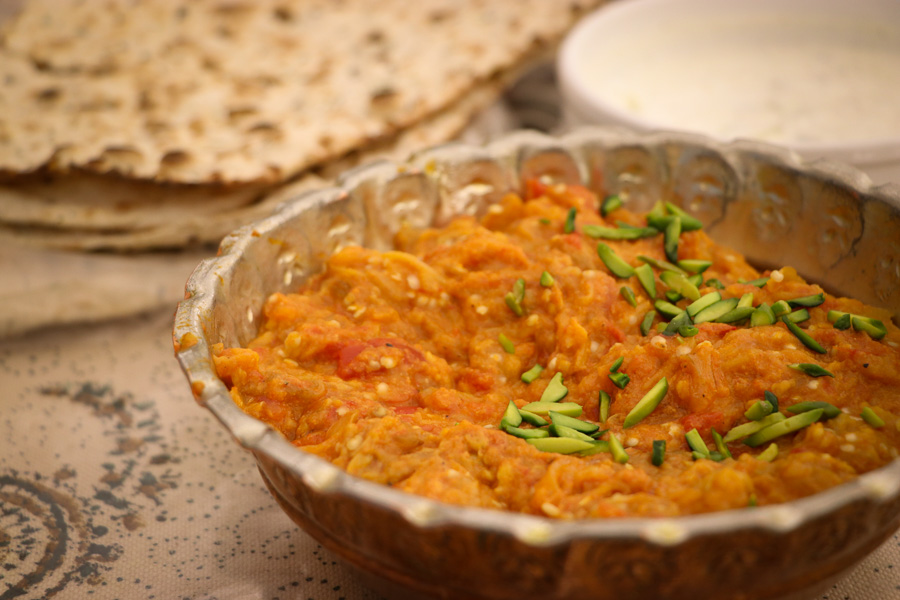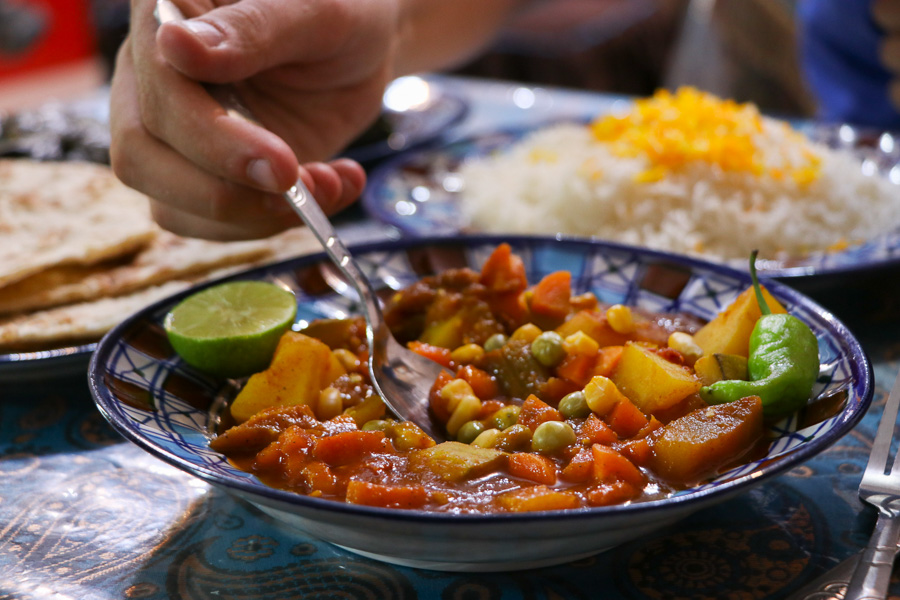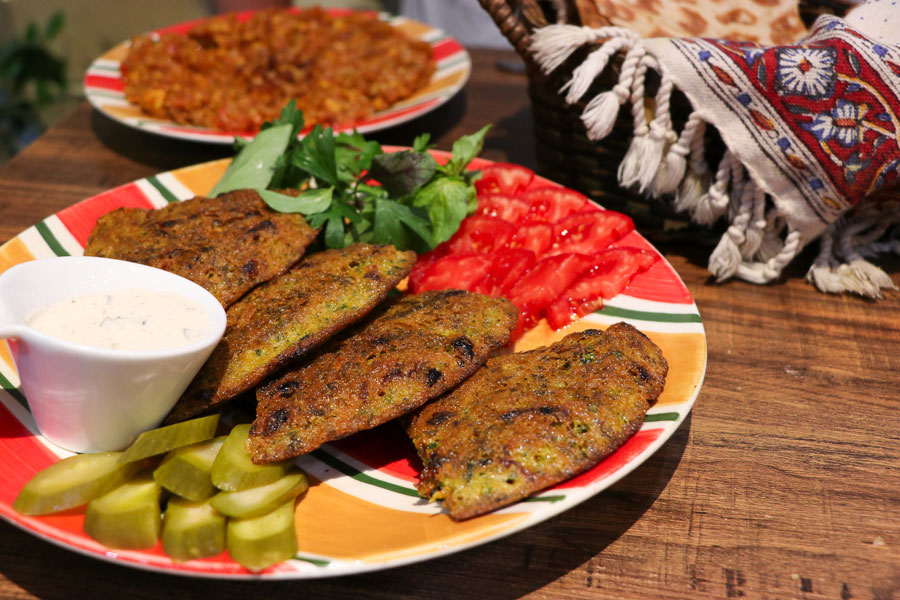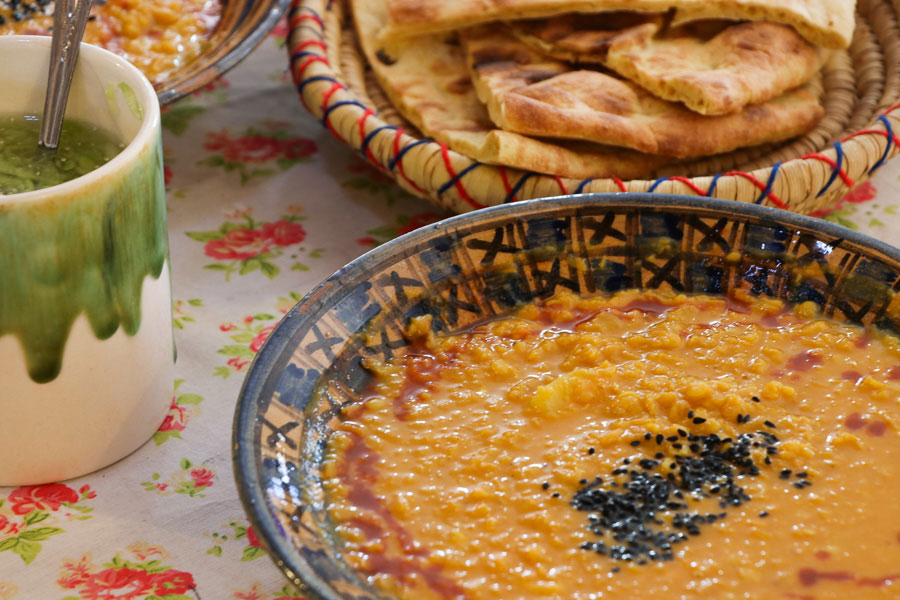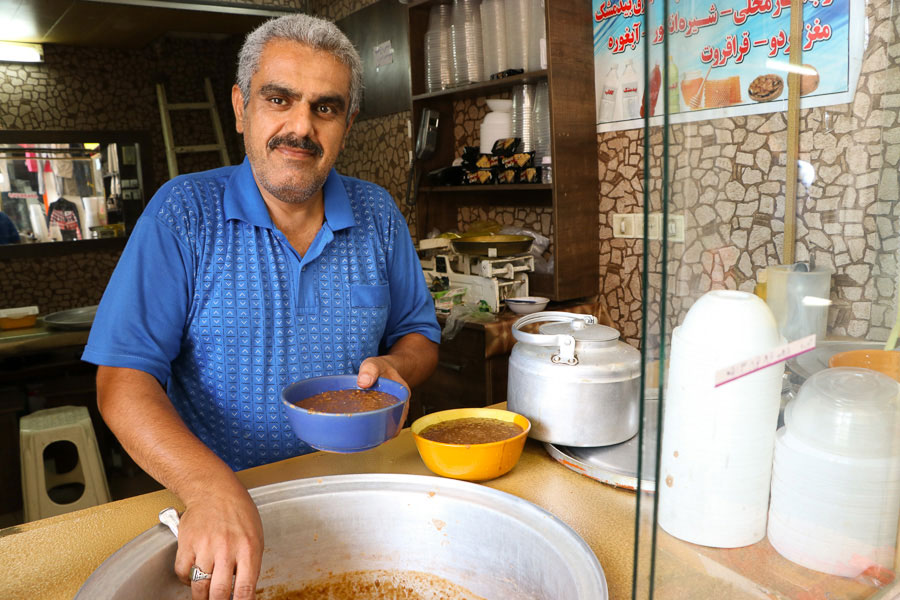For ten years Elisha Madzivadondo works as a butler when he gives up the safety of a steady job to grow sprouts and micro vegetables. “I loved my job, but my dream is to make people eat healthy and tasty food.” Behind the counter in his tiny restaurant in Cape Town, the enterprising Zimbabwean creates the most delicious dishes. As I enjoy very creative and super-healthy sushi rolls, he talks about his impressive journey from being a butler to becoming a city farmer and eventually the opening of his own vegan restaurant in Cape Town.
Jealous neighbours
Elisha is from Zimbabwe. When he grew up, meat was a luxury, but as a young boy, Elisha didn’t want to have anything to do with it. “My body resisted it. I just couldn’t eat meat. No way!” He laughs out loud at the thought. “My brothers thought I was weird.” Elisha was working the land by hand on an early age. “I wanted to eat vegetables. Lots of vegetables. So I started to grow my own food. My mother was happy. Every day she would get fresh food from the garden. All the neighbours were jealous of us!”
From butler to city farmer
During his training as a butler, Elisha learned to cook professionally. He holds his hands by his face to depict blinders: “We only learned to make the standard dishes. We didn’t cook healthy or creative. I wanted to experiment with flavours and unusual products, such as sprouts, but they wouldn’t let me.” In 2013, Elisha quits his well-paid job as a butler in one of Cape Town’s most chic districts and starts his own city farm. There he grows sprouts and micro vegetables.
Not always easy
Give up your job to pursue your dreams? His brothers don’t understand what he’s doing. “Of course, it was sometimes difficult. I went from a well-paid job to an unpaid job. I lost friendships because people didn’t understand my decision.” Elisha shakes his head when he hears his own words. “We all eat so unhealthily. And the vegetables we eat are covered in toxic pesticides. That has to change and someone has to take the first step.”
At last his own vegan restaurant in Cape Town
And that’s how it started: with the vegetables, sprouts and micro vegetables from his own vegetable garden, Elisha and his wife Abigail create the most delicious dishes that they sell at food markets in Cape Town and the surrounding area. But then something happens that Elisha, in his wildest dreams, did not dare to hope for. “In Stellenbosch, Cape Town, on farms and in the city; in every market, there was always the same man who came to eat with us.” The person who loves Elisha’s food so much turns out to be a general practitioner. The doctor is so impressed by the food that he offers Elisha a space in his doctor’s office to open a small restaurant. “He moved the reception, built a wall and now I have my own shop right here: The Sunshine Food Sprouting Co“, the entrepreneur says proudly.
Explosion of flavours
“Did you know that a handful of broccoli micro-vegetables have as much nutritional value as mature broccoli?” Elisha puts a plate of sushi, filled with micro vegetables and sprouts, in front of me. “There’s a lot of broccoli in your meal tonight.” The salty taste of the seaweed leaves, the crunchy and fresh sprouts, the soft humus, the firm, black beans: at the first bite I’m convinced. This is absolutely amazing! As I enjoy the explosion of flavours in my mouth, I read about the nutritional values of all these products on the forms and flyers that are on the counter.
Good and healthy!
Vitamin B12, B6, C, folic acid, iron and huge amounts of protein; everything I need for a healthy and strong body Elisha serves in one dish. Suddenly I understand why that doctor gave up space in his practice for Elisha’s restaurant. Now he can eat this good and healthy food every day. What about Elisha? His mission is far from over. He’s still around on all the markets in and around Cape Town. “The people who come to eat in my restaurant know where to find me. But I also want the rest of the world to taste and feel what good and healthy food can do to your body.”
Tasting Elisha’s delicious food too?
Unfortunately, Elisha is not planning to open a branch in Europe or the US in the near future. But if you are ever in South Africa, you should have dinner with Elisha and Abigail at their vegan restaurant in Cape Town. You can find The Sunshine Food Sprouting Co. on the Three Anchor Bay, near the Waterfront. It’s a bright yellow place next to a large doctor’s office. You can’t miss it. And while you’re at it, say hello to Elisha from us. Enjoy your meal!
Book a room close to this vegan restaurant in Cape Town
If you would like to stay at a very nice, small scale place in Cape Town, we have a great recommendation! We stayed at Antrim Villa. With just a couple of comfortable rooms, a small garden (including a pool) and a nice communal area it’s already a great place to stay. But the best thing is: it’s just a 5-minute walk from The Sunshine Food Sprouting Co. Enjoy!
Read more like this vegan restaurant in Cape Town story?
1. The ultimate guide for vegetarian and vegan travelling
2. The best vegetarian and vegan places in Canggu, Bali!
3. A shout-out to the greatest dish in the world: the Indian dosa
4. 10 tips on how to reduce your holiday carbon emissions
5. 14 tips for an unforgettable trip to the Nusa Islands!
- 16 November 2019
- No Comments




















































